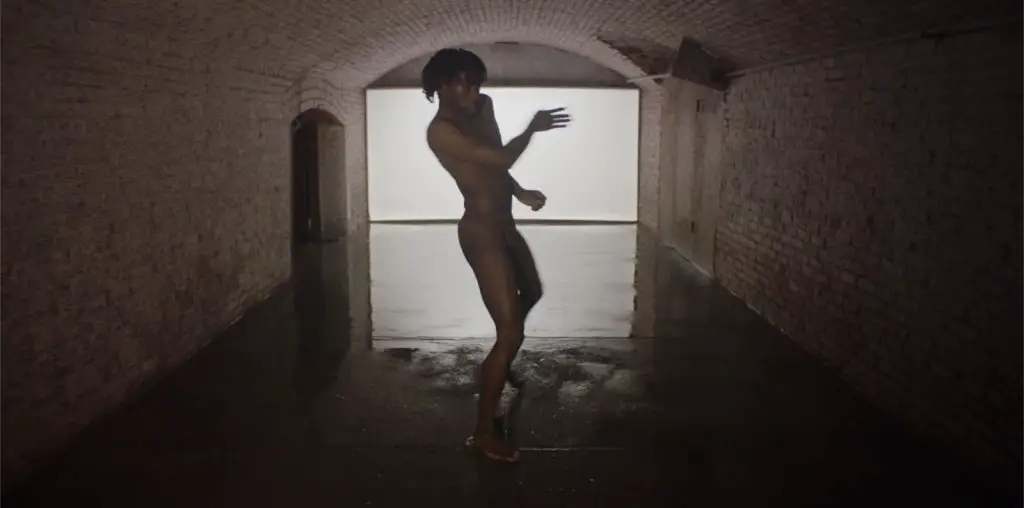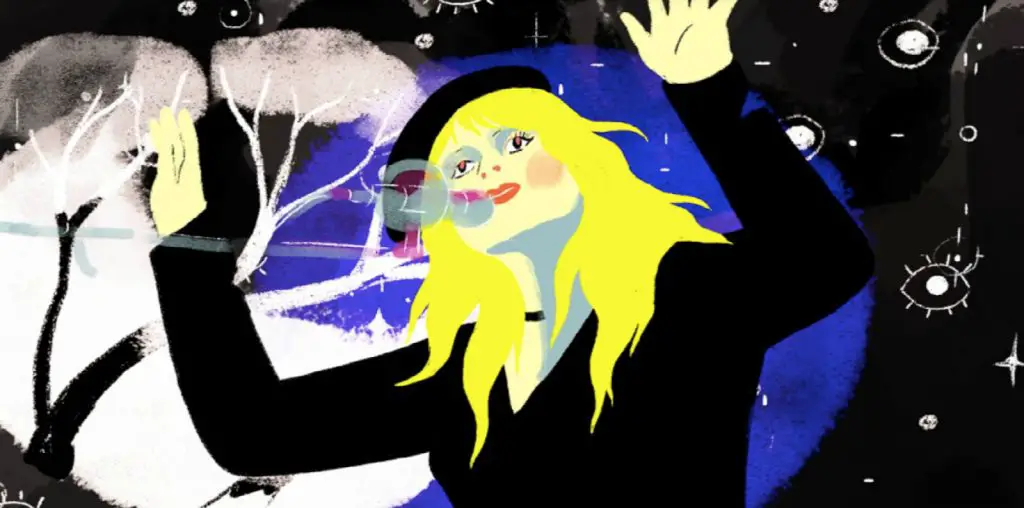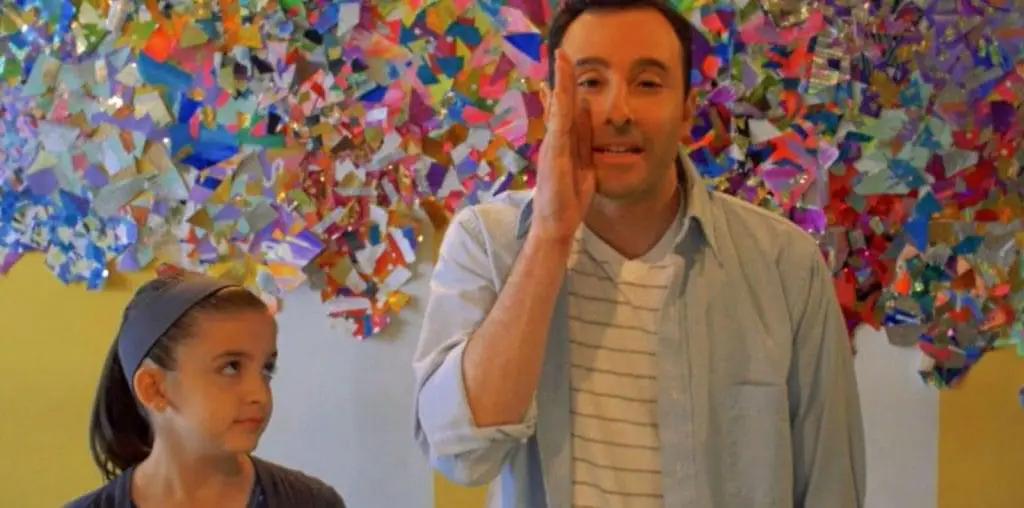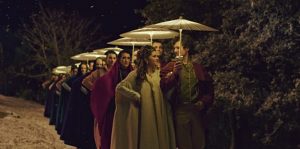
WE ARE ONE: A GLOBAL FILM FESTIVAL REVIEW! Dantza is genuinely a one-of-a-kind motion picture: not so much a movie as it is a series of representational episodes. The film is a stunning achievement in dance, color, and photography. With only the loosest framework of a plot, the film is virtually silent save for the marching band-meets-medieval orchestral score, but that doesn’t mean that it’s any less watchable. Writer-director Telmo Esnal beautifully synchronizes dance, music, and visual art into one sumptuously Basque tour de force.
Through the spectacular and creative use of locations and revelatory dances, Dantza celebrates the Basque people, an ancient ethnic group deriving from the area where southwestern France meets north-central Spain. The dance sequences evoke such cultural practices as working the land, defending the region from invaders, and, finally, the marriage of a sweet local couple.
The dancing is breathtaking, occurring in, among other locales, a seaside cave with the sun breaking through the clouds and framed by an imposing arching rock formation; atop a body of water (you read that right) as the dancers splash in time with the music; and through the heart of a village, as seemingly the entire village population snakes its way through the town like a massive Basque conga line.
The style of dancing depicted in Dantza recalls, at times, the Irish dancing phenomenon, Riverdance: lots of high kicks, twirling, and extraordinarily complicated footwork. If there is one fault to be found with the film, it’s not the dancing, but rather Esnal’s singular election to linger way too long on a wedding reception scene that involves barely anything more than a delicate waltz.
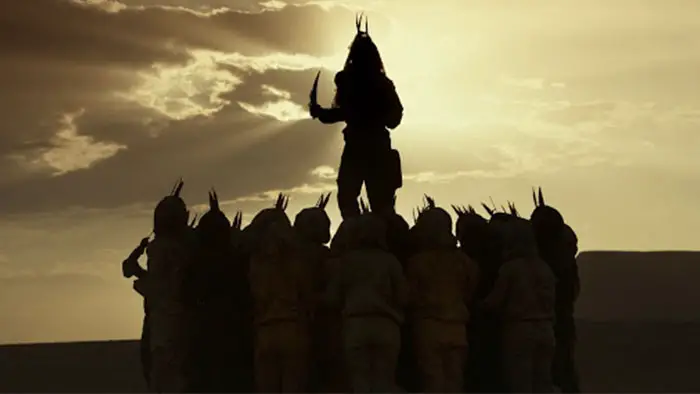
“…celebrates the Basque people, an ancient ethnic group deriving from the area where southwestern France meets north-central Spain.”
The dancers in Dantza, much like the troupe in the hugely popular dance show Stomp, have an affinity for utilizing whatever tools they have at their disposal to make music. The electrifying opening number, for example, takes place on the dry, cracked desert floor as a group of men till the soil with hoes that double as percussion instruments. So dynamic is this sequence that it culminates in the group literally conducting electricity from the skies!
Another jaw-dropper includes a small group of men collecting apples to make cider and then using one of the small fruits as a platform to leap on and off. Later on, a group of dancers armed with swords “fights” other dancers equipped with blazing torches. The clanging of the swords coupled with the whooshing of the torches provides an incendiary supplement to the soundtrack as the dancers rhythmically “wage battle.”
Thankfully, Esnal and cinematographer Javier Agirre Erauso film many of the dance sequences with overhead shots, allowing the viewer to experience the rigid formations that the dancers construct. Erauso’s handling of the camera, much like the dancers it captures, is fluid, smooth, and unbelievably graceful.
One’s enjoyment of Dantza will largely depend, however, upon one’s appreciation for and admiration of dance as well as one’s tolerance for minimally-plotted movies. If you tend to get bored at artsy films that are heavy on visuals and low on plot, this is probably not the movie for you. If, on the other hand, you are like me and find endless fascination with the movement and elegance of dancing, especially when enhanced via the cinema’s visual capabilities, the beauty that is Dantza will never cease to bedazzle you.
Dantza screened as part of the 2020 We Are One Film Festival.
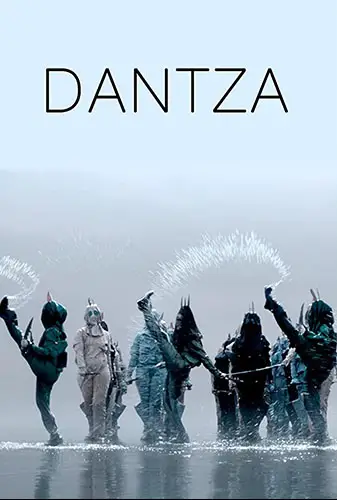
"…a stunning achievement in dance, color, and photography."
